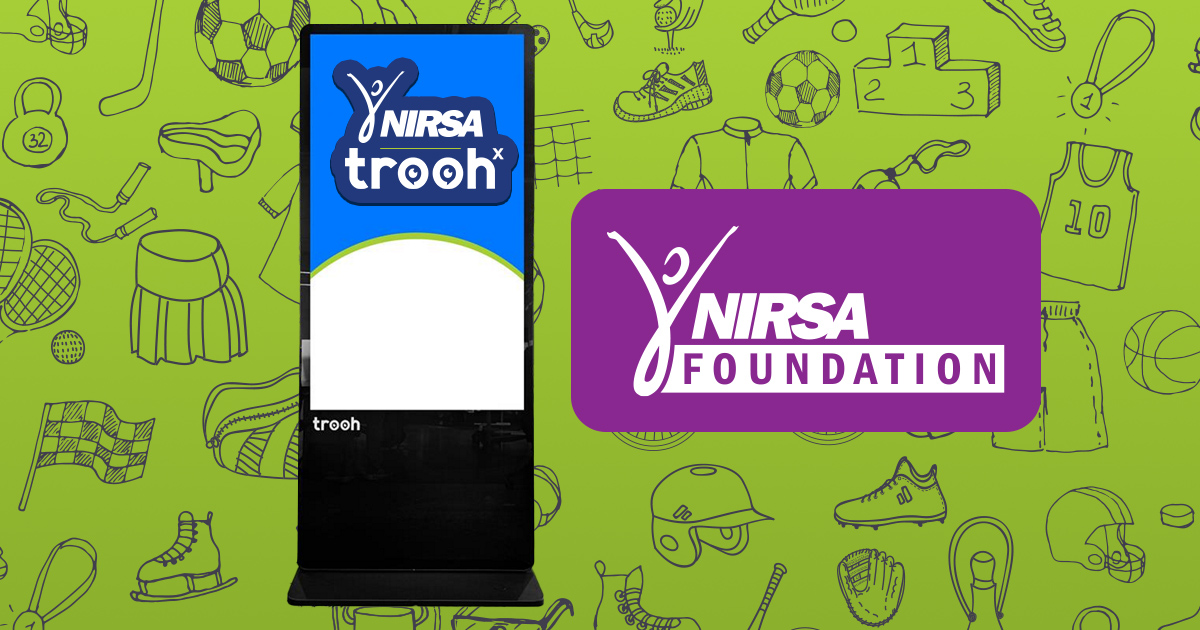By Ian McGregor, McGregor & Associates
Mary steadied herself for the next section of the Zipline—a long, steep, L-shaped curve to the landing platform below. The person in front of Mary had jumped into the void a few minutes earlier and disappeared around the bend. The staff guide cleared Mary to go so she stepped off the platform. Shortly after rounding the bottom curve, she ran smack into the back of the person ahead of her, sustaining a serious injury. The result: a negligence lawsuit and a trial. (Based on a real case.)
Plaintiff’s case
The staff person who cleared Mary to jump was negligent by failing to wait for the go-ahead clearance signal from the staff person at the other end; the person ahead of Mary had come to a complete stop well short of the landing platform.
Defense’s case
Mary had signed a valid waiver prior to engaging in the Zipline activity.
Outcome
The judge ruled that the waiver was a legal contract, administered properly prior to the activity starting. Mary had signed away her right to sue. Case dismissed.
So where does this put campus recreation staff?
People in recreation often freak out when you start taking about waivers. Should we administer them for all programs or just some programs? Will we get bashed in court if we don’t use them? Is the waiver properly constructed? What do you mean it’s a contract? Can waivers be used with minors? Are they worth the paper they’re written on?
Slow down! Take a deep breath!
Waivers can work. However, there’s a catch: they are extremely difficult to implement properly. So you must weigh this reality with the other reality that courts in general simply don’t like waivers. What are the realistic chances of a waiver—even if it’s well-written and executed—being upheld?
The problem is that people really don’t understand waivers, which are often poorly constructed and inconsistently implemented. So it’s important to become better educated on what a good waiver is (a legal contract) and what it is not (a guarantee that you won’t get sued). It’s also important to find out how they must be properly constructed and implemented.
And don’t forget to determine where you stand relative to other campus recreation departments across the country regarding where waivers are used. Find out whether your waivers are robust enough to withstand scrutiny in court.
To do this just invest in the new Best Practices Risk Assessment Tool developed by SportRisk. This tool will help you determine how your waiver use benchmarks relative to accepted waiver best practices. Plus, it will tell you how well you’re using waivers relative to other schools. To learn more about this tool, how it was developed and piloted, and why you need to use it, visit the SportRisk website.
Rob Patchett—Associate Director of Programs at Colorado State University-Fort Collins—has only glowing things to say about this new assessment tool. He believes the tool “will serve as an invaluable, annual process for our department to ensure we’re benchmarking against national best practices in all programming, facility, and service areas. It will force us to critically examine everything we do through a comprehensive risk management lens. This is a ground-breaking moment in the field of campus recreation.”
Why McGregor & Associates?
They have been in the campus recreation risk management business for over 20 years. They have a proven track record and are widely known and recognized across North America as the go-to company for risk management help. That’s why NIRSA decided to partner with McGregor & Associates in this important best practices initiative.
So go to the SportRisk website now to get more information and to register. And don’t miss out on the Early Bird Draw—some slots are still available! The first 48 NIRSA member schools (across all six regions) will receive substantial discounts on being early implementers of the Best Practices Risk Assessment Tool.
For more information, visit the SportRisk website or contact President of McGregor & Associates Ian McGregor.







